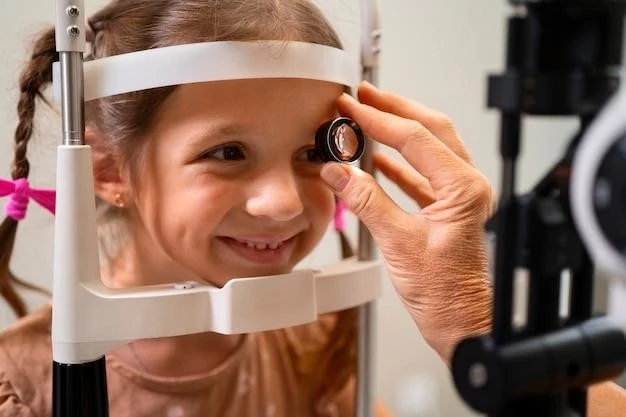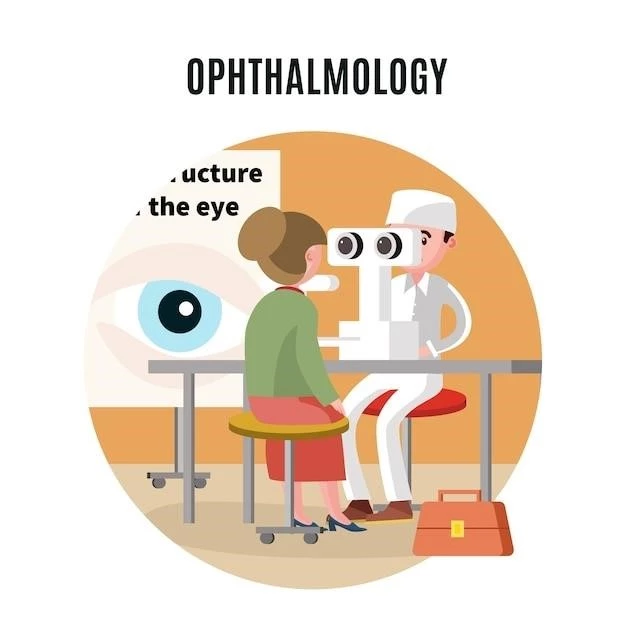Autosomal recessive multiple pterygium syndrome (MPS) is a rare disorder associated with anomalies affecting skin, muscles, and skeleton. It includes a milder form called Escobar syndrome and the severe lethal type, Popliteal Pterygium Syndrome (PPS).
Definition and Classification
Popliteal Pterygium Syndrome Lethal Type, also known as Bartsocas-Papas Syndrome, is a severe autosomal recessive disorder characterized by multiple skin webs, abnormalities in the face, limbs, and genitalia, and a high risk of lethality before or shortly after birth. It is a rare and genetically heterogeneous condition with distinctive features differentiating it from other forms of the syndrome.
Genetic Basis and Mutations
The CHRNG gene mutations are associated with multiple pterygium syndrome Escobar type and a percentage of lethal multiple pterygium syndrome cases. This gene is crucial for the acetylcholine receptor protein.
Role of CHRNG Gene
Mutations in the CHRNG gene are crucial in the development of Popliteal Pterygium Syndrome Lethal Type, impacting the acetylcholine receptor protein essential for muscle cell signaling. These mutations contribute to the distinct features of the syndrome.
Clinical Presentation and Symptoms
The clinical presentation of Popliteal Pterygium Syndrome Lethal Type includes anomalies affecting the face, limbs, and genitalia, such as skin webs and distinct facial characteristics.
Features of Popliteal Pterygium Syndrome
Individuals with Popliteal Pterygium Syndrome Lethal Type present with distinctive anomalies such as skin webs, facial abnormalities, limb defects, and genital abnormalities, including facial clefts and limb contractures.
Diagnosis and Management
Diagnosis of Popliteal Pterygium Syndrome Lethal Type involves clinical evaluation of distinctive facial, limb, and genital anomalies. Management may include surgical interventions to address cleft lip, genetic counseling, and supportive care.
Diagnostic Approaches
The diagnosis of Popliteal Pterygium Syndrome Lethal Type primarily involves clinical evaluation, including assessing unique facial, limb, and genital anomalies. Additional diagnostic approaches may include genetic testing to identify mutations associated with the syndrome.

Prognosis and Complications
Popliteal Pterygium Syndrome Lethal Type can lead to significant complications, including fatality before or shortly after birth due to severe anomalies affecting multiple systems in the body.
Lethality and Associated Conditions
Popliteal Pterygium Syndrome Lethal Type is often associated with high lethality rates, with affected individuals facing fatal outcomes either before or shortly after birth due to the severe anomalies affecting various body systems. Additionally, associated conditions may include microcephaly, corneal aplasia, ectropion, bony fusions, and hypoplastic features.

Research and Future Directions
Ongoing research into Popliteal Pterygium Syndrome Lethal Type focuses on understanding the genetic basis, exploring potential treatments, and improving management strategies for affected individuals.
Advancements in Understanding the Syndrome
Recent advancements in research have led to a better understanding of the genetic basis of Popliteal Pterygium Syndrome Lethal Type, paving the way for potential targeted therapies and improved diagnostic methods to enhance patient care and outcomes.
